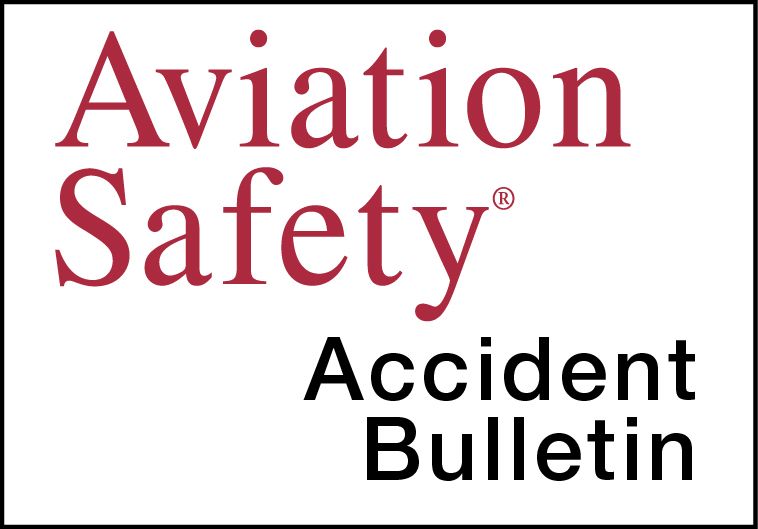AVweb’s General Aviation Accident Bulletin is taken from the pages of our sister publication, Aviation Safety magazine. All the reports listed here are preliminary and include only initial factual findings about crashes. You can learn more about the final probable cause on the NTSB’s website at www.ntsb.gov. Final reports appear about a year after the accident, although some take longer. Find out more about Aviation Safety at www.aviationsafetymagazine.com.
September 1, 2019, Foley, Ala.
Cirrus SR22
At about 1520 Central time, the airplane lost engine power and was substantially damaged during a forced landing. The private pilot and three passengers were not injured. Visual conditions prevailed.
About 10 minutes after departure, while climbing to cruise altitude and turning to avoid a storm cell, the pilot felt an anomaly with the engine and then observed a loss in engine rpm. He turned the airplane back toward the departure airport shortly before the engine stopped producing power and the propeller stopped. When the airplane reached 1200 feet AGL in the subsequent descent, the Cirrus Airframe Parachute System (CAPS) was activated.
The airplane descended under canopy and landed upright in a field. The fuselage aft of the firewall exhibited buckling and cracking, the bottom portion of the rudder exhibited a crack of about 7-8 inches in length and the nose gear was broken off.
September 2, 2019, Tulsa, Okla.
Piper PA-60-602P Aerostar
The airplane sustained substantial damage during a hard landing at about 1020 Central time. The pilot and passenger were not injured. The nose landing gear collapsed, damaging the forward pressure bulkhead. Visual conditions prevailed.
The pilot initiating the landing flare too high above the runway. The airplane subsequently stalled and dropped about 10 feet, which caused the nose landing gear to collapse. The airplane came to rest on an adjacent taxiway. The pilot had verified that the landing gear was down and locked (three green indicator panel lights) before landing. He stated the accident was “not caused by any apparent mechanical failures.”
September 3, 2019, Girdwood, Alaska
Lake LA-4-200 Buccaneer
At about 1300 Alaska time, the airplane sustained substantial damage following a brake malfunction and runway excursion. The solo private pilot was not injured. Visual conditions prevailed.
According to the pilot, the landing gear and flaps failed to retract after takeoff. He verified that the hydraulic pump circuit breaker had not opened and noted that the hydraulic pressure gauge indicated zero. He used the emergency hydraulic hand pump and was able to successfully retract both the landing gear and wing flaps.
Upon arrival at his destination, the hydraulic hand pump was once again used to extend both the landing gear and wing flaps. The pilot reported that, after touchdown, to slow and steer the airplane, the wheel brakes were applied but they did not work properly. The airplane exited the runway, proceeded down an embankment and came to rest on its left wing and hull, sustaining substantial damage to the left wing and fuselage.
September 3, 2019, Mack, CO
Velocity XL-RG Experimental
The airplane was substantially damaged at about 1000 Mountain time during a forced landing after its engine oversped while climbing to altitude. The solo commercial pilot was not injured. Visual conditions existed at the airport at the time of the accident; an IFR flight plan was in effect. As the airplane was passing through 15,000 feet MSL while climbing to FL180, the engine suddenly oversped to approximately 3450 rpm. The pilot was given vectors to a divert airport and waited until landing was assured before lowering the landing gear. Thanks to excessive speed, however, the airplane touched down halfway down the runway. The brakes were ineffective because the main landing gear was not completely extended. During the landing roll, the airplane struck an irrigation pipe, knocking off the left rudder, then slid off the departure end of the runway and came rest in a field.
This article originally appeared in the December 2019 issue of Aviation Safety magazine.
For more great content like this, subscribe to Aviation Safety!



































